The Monk in Dungeons and Dragons was first introduced in the Blackmoor Supplement for Original Dungeons and Dragons in 1975. Later it became one of the core classes offered in Advanced Dungeons and Dragons. Every edition since that time has incorporated some version of the Monk as a class in some manner or form.
When Dungeons and Dragons first came out in the 1970s most of us were familiar with the idea of a fighting Monk but not from Dungeons and Dragons. A popular television show of that era involved a Shaolin Monk who escaped from his home country of China after killing the Empreror with great provocation. In the Television series “Kung Fu” David Carradine played Kwai Chang Kane. Kane is seen in the first episodes training as a Monk as a child and only officially becoming a Monk as an adult. Presumably the training took many years to complete. He is seen in the opening scenes completing his final tests to determine his worthiness to be a Shaolin Monk: He has to snatch a pebble from his master’s hand before the master can close it, he must walk across rice paper without leaving a trace and finally…he must pick up a boiling hot kettle with his forearms forever burning the imprint of his monastery into his forearms.
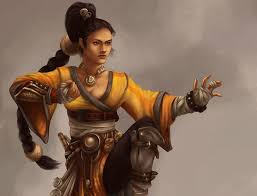
The Origins of the Monk in Dungeons and Dragons
Is the Dungeons and Dragons Monk based on the Shaolin Monk? Possibly. Maybe even probably. Certainly a Shaolin monk is a warrior monk. And certainly Christian monks are not generally considered to be warriors. Throughout various cultures, however, there have been warrior Monks or at least highly religious warriors that might be considered Monks. Some of these might include:
- Shaolin Monks
- Knights Templar
- Korean Guerillas who fought Japanese Invasions included monks
- Naga Sadhas were Hindu that bore arms
- Sant Sipahi were Sikh “saint soldiers”
There are probably many more examples from history of warrior Monks. But how many of these Monks were experts in unarmed combat as well as armed combat? The Shaolin Monk would be the only one that I personally can think of.
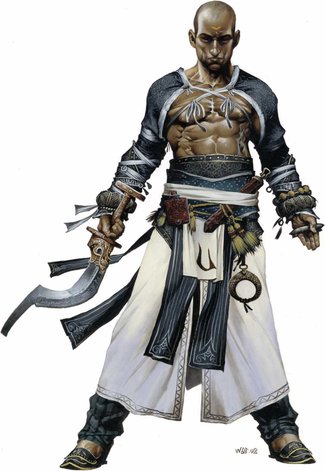
Controversy Involving Monks in Dungeons and Dragons
In 1st Edition Advanced Dungeons and Dragons the Monk was a bit of a controversial character type. There were a number of issues that plagued the Monk character type and many players did not like the class for a number of reasons.
- There could only be a limited number of Monks past 7th level
- To advance past these levels a Monk was required to fight other Monks in order to advance. A failure, assuming that the Monk survived the combat but did not win, meant that the Monk dropped back to the amount of experience needed for the prior level.
- Monks were limited to lawful alignments (although the could be good, neutral or evil)
- They could wear no armor
- The used only a 4 sided die for hit points
- Like a paladin they could not accumulate wealth or magic items in abundance
- There were few magic items specific to Monks available in the game
- Monks fought using the thieve’s table for combat (according to the PHB) or the clerics table (according to the DMG)
- Dexterity was required to qualify as a Monk but was not used for adjustment to armor class
- Only a Human character could play a Monk
- It was one of the hardest classes to qualify for (STR 15, WIS 15, DEX 15, CON 11)
- No experience point bonus like the other classes get for having high ability scores
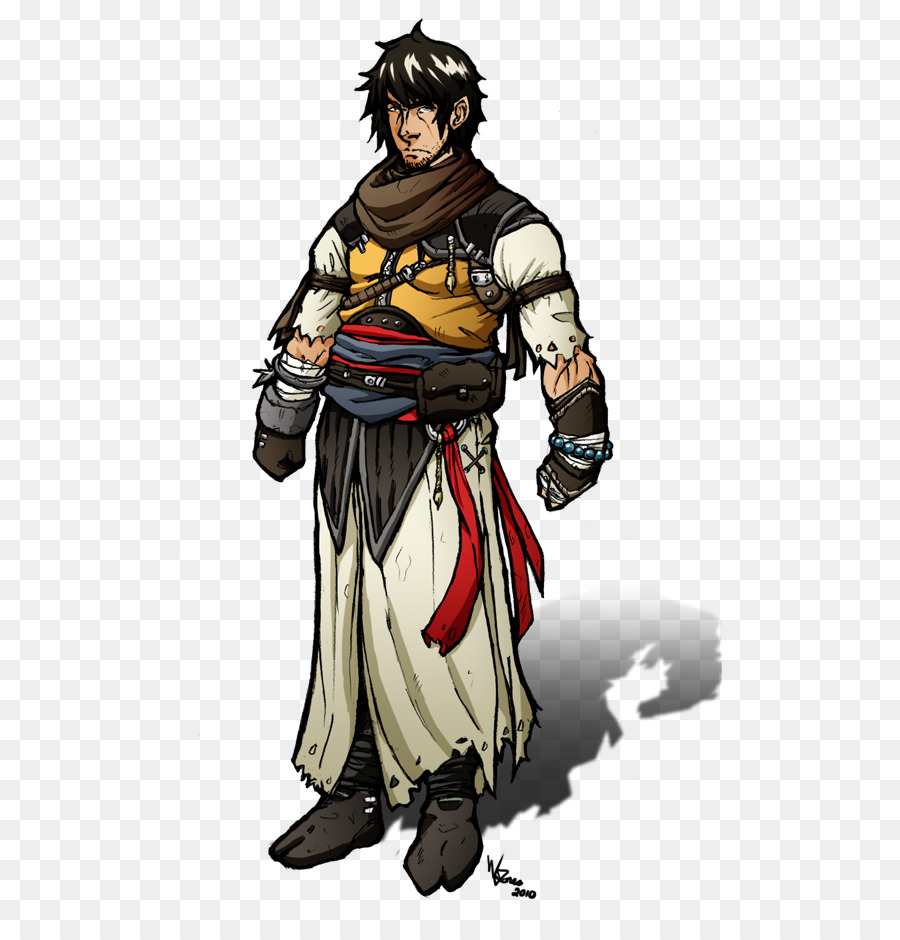
As you can see…..a 1st Edition Monk had a lot of restrictions. Many of these were highly unpopular with players and for good reason. The Monk is clearly intended to be a melee class but has few hit points and wears no armor. This makes them extremely vulnerable if they do engage in close melee combat. The fight to advance issue was extremely unpopular with characters. No one wants to gain the experience needed to advance a level and then lose it back when they unsuccessfully challenge another monk in hand to hand combat. The lack of magic items for monks is an issue with a number of classes for 1st Edition.
There were, however, some pretty cool things about a Monk in 1st Edition that caused at least a few players to try it out. Some of these things included:
- Multiple open hand attacks at higher levels
- Extremely high damage with open hand combat at higher levels
- Limited thieving abilities
- The Quivering Palm ability at higher levels (stopping the heart of an enemy with a strange quivering motion of the hand)
- Immunity to ESP
- Immunity to certain spells at higher levels
- Limited self healing at higher levels
- Improved movement rate
- Armor class improving with experience
- A small chance to stun or kill an opponent in combat with only my hands and feet
Do these things make up for the restrictions in the class? Many would argue that they do not. But clearly a Monk who survives to the higher levels can deal a serious amount of damage…..at least until their wounds drive them from the field of battle.
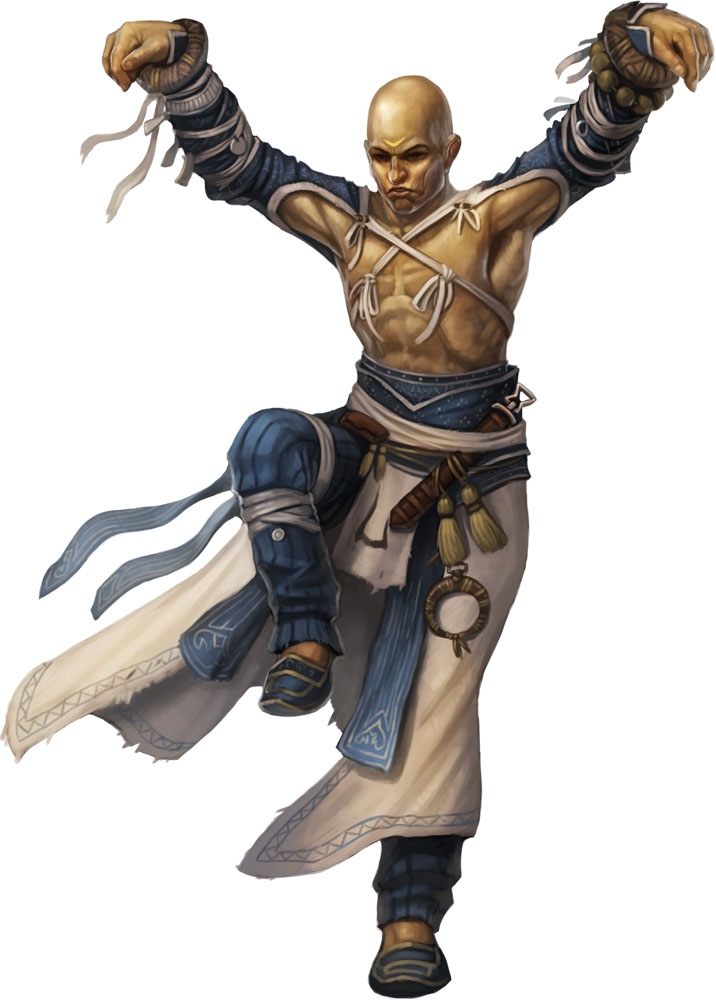
My Suggestions for Fixing the 1E Monk
OK now that I have given you all of the criticisms of the 1st Edition version of the Monk what are my suggestions for making the class more playable? In my mind the biggest problems are the armor class and the hit points. Both need to be addressed. Basically the Monk is a melee class that is too weak to melee. Without armor the Monk is going to take damage. Without hit points the Monk cannot stay in close and melee for long. This makes the Monk a leech on the experience points of the party. If the Monk has to stay at range to fight then it is a useless class.
There are a number of articles in the Dragon and other sources suggesting changes to the Monk. Personally I think some of the ideas are good and some are not. I do not like the idea of giving the Monk new abilities that are based on Psionic principles as suggested by one article in the Dragon.
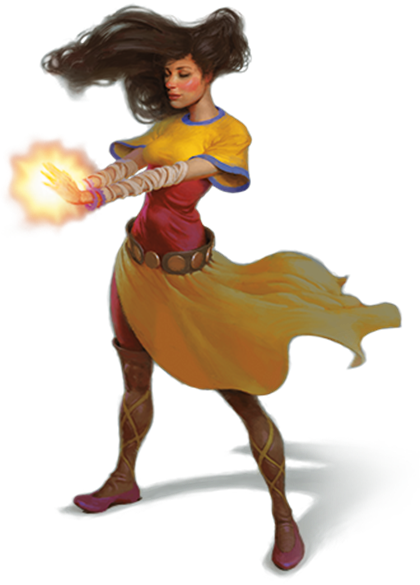
The first change that I would make is to let the Monk roll a D6 for hit points. Hit points are a major issue for a melee fighter. This is especially true for a Monk who is likely to get hit quite a lot.
The second change that I would make is to the armor class progression of the Monk. My table would look like this:
- 1st Level AC 7
- 2nd Level AC 6
- 3rd Level AC 5
- 4th Level AC 4
- 5th Level AC 3
- 6th Level AC 2
- 7th Level AC 1
- 8th Level AC 0
- 9th Level AC 0
- 10th Level AC -1
- 11th Level AC -1
- 12th Level AC -2
- 13th Level AC -2
- 14th Level AC -3
- 15th Level AC -3
- 16th Level AC -4
- 17th Level AC -5
Those two changes would fix two very important issues that I see with the 1st Edition Monk. But there are other issues which are frequently mentioned by players. As I mentioned I see the Monk as a melee fighter. He is a specialist without weapons but is also a specialist with certain weapons. Yet he rolls to hit on the thief table (according to the PHB) or the Cleric table (according to the DMG). To me this makes little sense. With all of the apparent practice in combat for the Monk would it not make sense for them to hit on the same table as the fighter? That is the third change that I would suggest.
And the last change that I would make involves the most controversial aspect of the Monk. The advancement by combat issue. I personally like advancement by combat for the top level (for monks, druids and assassins). I do not see that it is a great hardship to impose that rule for achieving the top level in the game for that class. But for the other upper ranges of levels I see no need for it. As a player I can certainly understand not wanting to fight and potentially be set back a level each time I get the experience to move up. I think I could live with it if I was advancing to the Grand Master of Flowers. To me that would be an acceptable compromise both for the DM and the players.
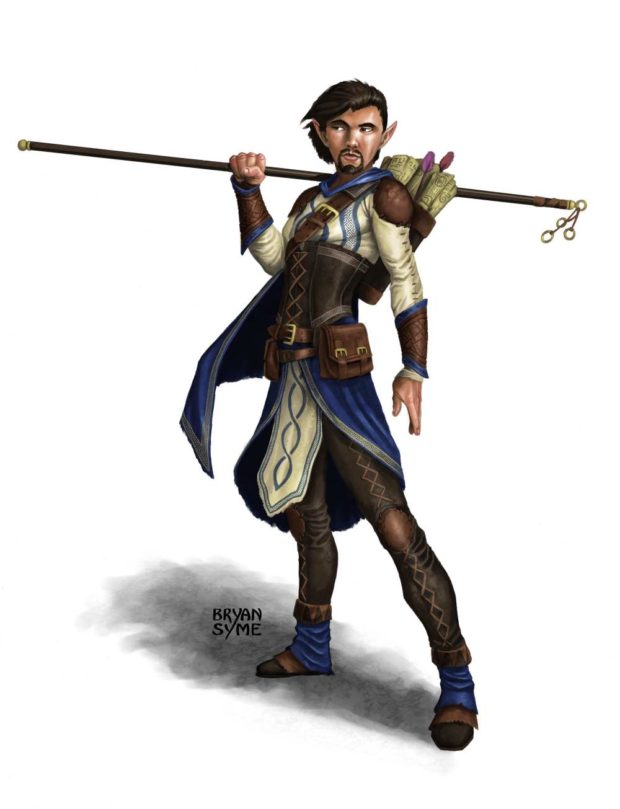
Monks in Later Editions of Dungeons and Dragons
Later editions of the game improved the Monk class for the players who chose it. Qualification numbers were loosened up. Hit dice were changed to a D6 and even a D8 in later editions. The requirement to fight to advance levels was removed. But some of the really special things from the 1st Edition class were also removed. No longer does a high level Monk strike four times in the same round or inflict 8-32 points of damage with a single open handed strike.
In 5th Edition the Monk may still wear no armor. Your armor class begins at 1st level as 10+ Dex Modifier + WIS modifier.
For combat the Monk In 5E excels while using Monk weapons or unarmed strikes. Dex can be used instead of STR for attack and damage rolls for unarmed strikes or strikes using Monk weapons. Damage rolls can use a D4 instead of the normal damage dice at 1st level and this changes as levels go up. This is set out on the table on page 77 of the PHB as Martial Arts Damage. And when attacking with an unarmed strike or with a Monk weapon the character can make an unarmed strike as a bonus action.
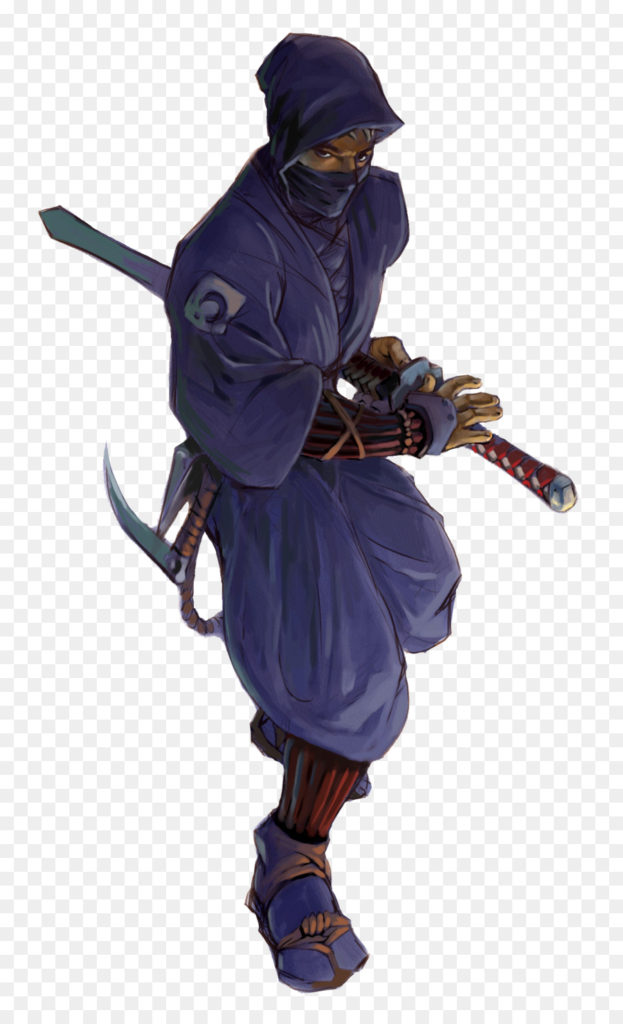
Movement rates are still improved for the Monk at higher levels. However the 5th Edition Monk has the addition of Ki points which enable the Monk to use special abilities. At higher levels a version of the Quivering Palm technique can still be used. On a failed saving throw the victim is reduced to zero hit points. On a successful save the victim takes 10D10 damage. In either even it is a devastating ability.
In 5th Edition the Monk has certain paths that they can take. One is basically a Ninja type path called the Way of the Shadow. But there are other possible paths. The Way of the Elements gives the Monk control over the elements. Or a Monk can specialize in open handed combat in a path called the Way of the Open Hand. The special abilities of the Monk are limited to those Monks who choose a certain path to follow.
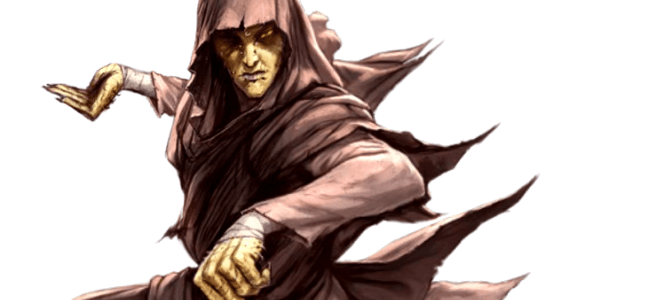
Monks in Dungeons and Dragons
The Monk class has always been an interesting choice. It is so different than the other types of character professions in the game. The idea of a Kung Fu fighter fighting among the sword fighters and armored warriors and spell casing wizarads has always intrigued many players of this game. It can be a very fun class to play regardless of the edition played as long as the character can survive long enough to get to the best abilities.
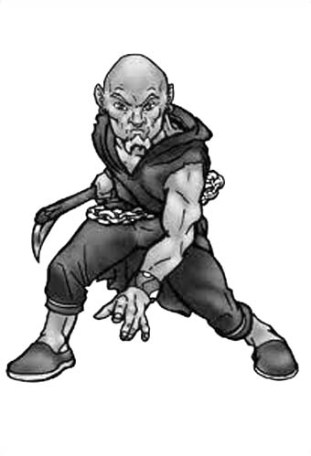
If you enjoyed this then you might enjoy these related articles:
Druids in Dungeons and Dragons
Assassination In Dungeons and Dragons


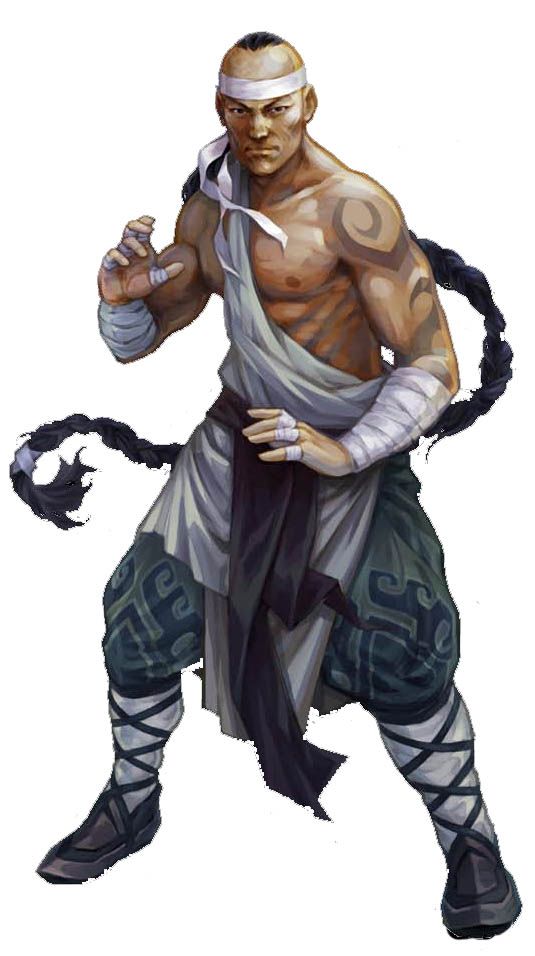
The monk is only in the game due to Blume wanting to play it. Otherwise it probably wouldnt have been a thing until OA (1985).
The way to fix the PHB 1e monk are pretty easy.
Personally my bias is the remove it from 1e games that are not playing OA. However that is not the popular opinion, and it is the least helpful.
1. D6 for hit dice, it puts them on par with the assassin class.
2. Use the cleric table for saving throws as well as to hit rolls (it is official via polyhedron they attack as clerics). It allows a little more survivability.
3. They may use their Dex and Magic item modifier for AC, OR the monk AC, but not both. This upgrades them some, at the cost of the extreme end of level 17 and + protection items.
4. Ditch the MS/HS thief skills in favor of Being able to surprise as a ranger. Ditch the clunky percentage based surprise chance (which mechanically sucks) in favor of a flat 1 in 6 gained at 8th level. Again trading for an advantage at the lower/mid level game for something almost unnecessary at the very high end of the game.
5. Fighting for levels begins at level 13th rather than 8th. (Master of Winter) Rather than having one master for each white, green and red order. There is ONE master at 13 and above. who might be of any of the orders.
Those ideas for fixing the monk are not too different than my suggestions. I personally think that if a monk is to be an expert as a melee type class then he should probably fight on the fighter table. After all monks are supposed to be spending their entire lives training with and without weapons. Why then would they fight with less skill than a fighter? To me that makes little sense. But I do agree with a D6 for hit points. As for armor class I am ok with the Dex modifier being used but I suggested a more accelerated AC improvement with levels. As for fighting for promotion I am ok with fighting for only the highest levels. I suggested in the article to have them fight for just the top level. I had only one person play a monk in any of my campaigns and he never made it to the higher levels where fighting for promotion was required. I did, however, have a druid who did. And she fought once or twice for promotion against NPC druids. I had them fight inside of a stone henge type standing stones thing with the Great Druid and entourage watching. With a Monk I would probably do the same with the Grandmaster of Flowers watching.